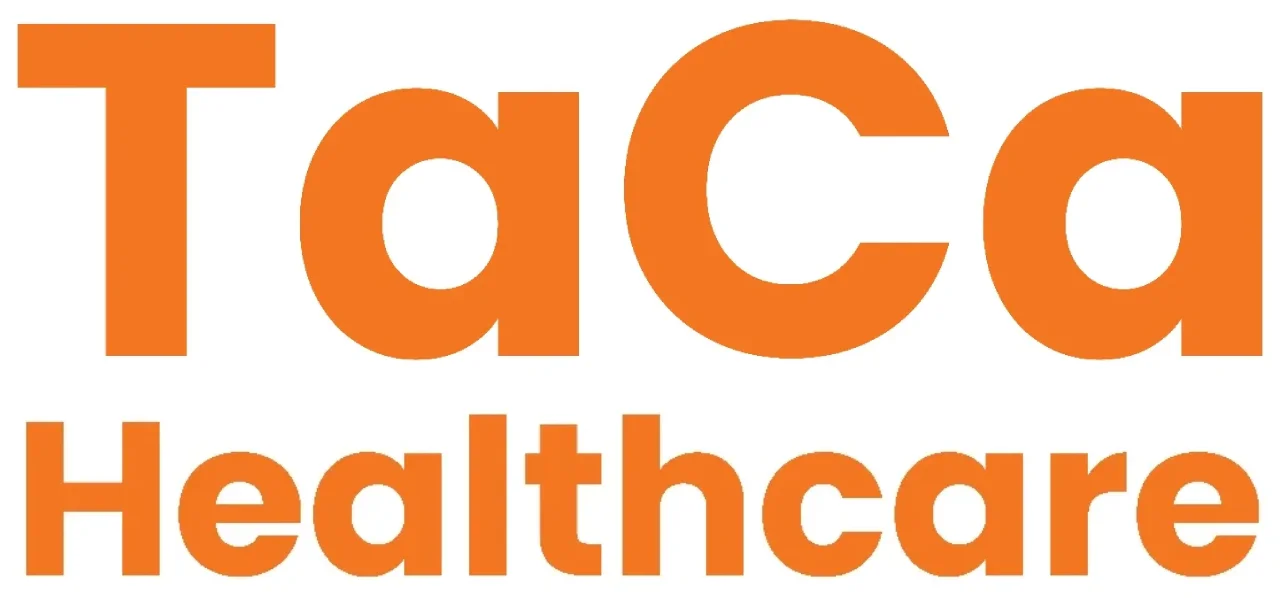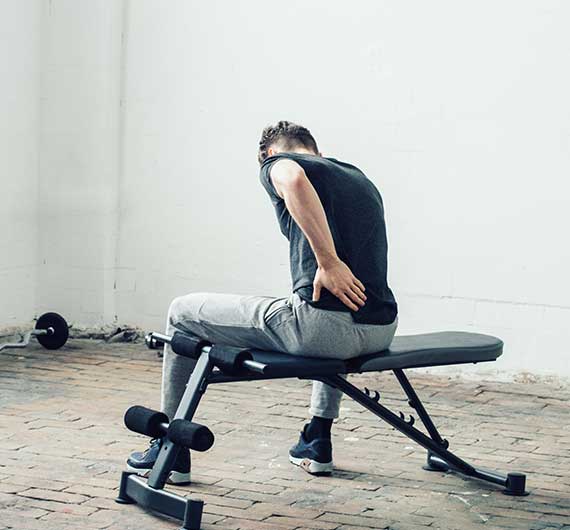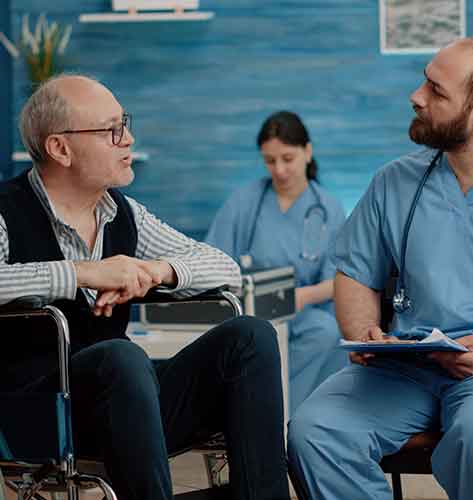In the skin, a pilonidal sinus (PNS) is a tiny hole or tube. There are times when it may be blocked and fluid or pus is filled inside it. This results in the formation of a cyst or abscess. Hair, debris, and dead skin are commonly found in pilonidal cysts. It is frequently contagious and can cause excruciating discomfort. It may ooze pus and blood and have a horrible stench if it becomes infected.














